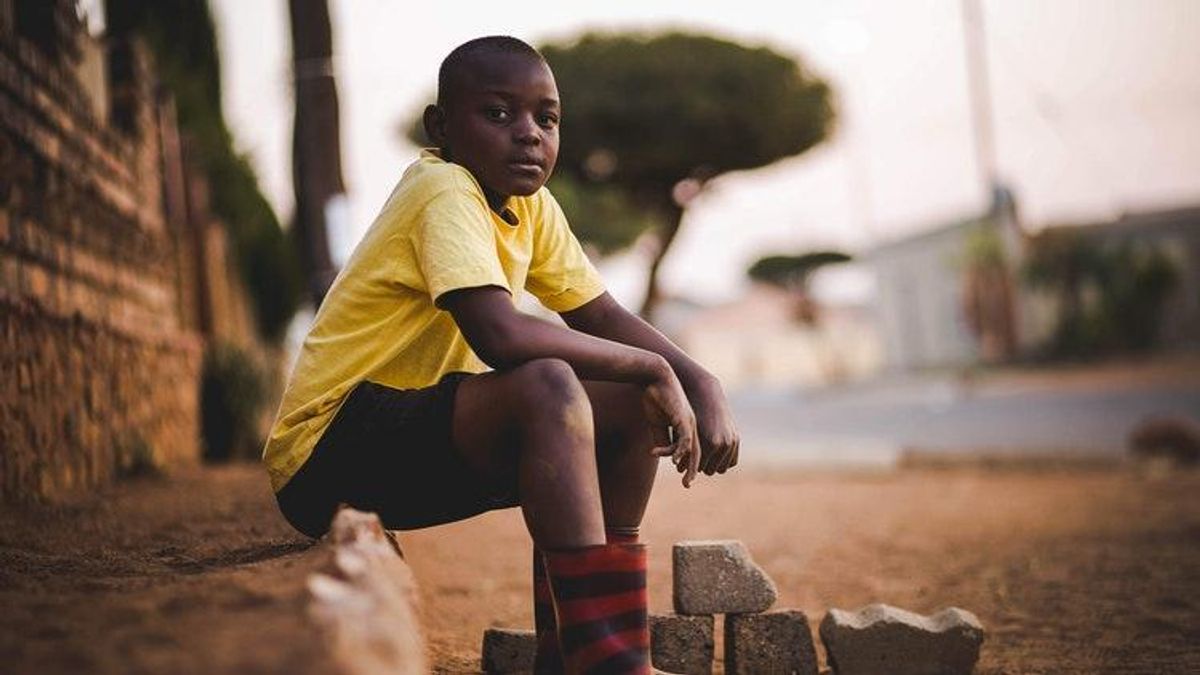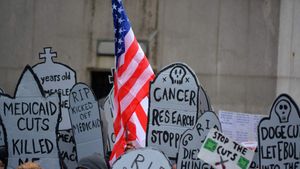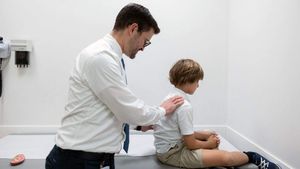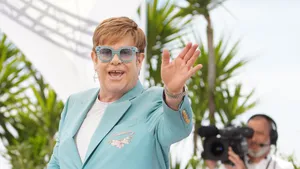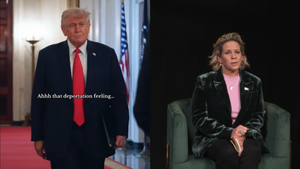In a new report, the United Nations and its partners revealed that 800,000 of the 1.7 million children living with HIV — 46 percent — did not receive treatment in 2020. Additionally, 150,000 children became HIV-positive, which was almost four times the U.N.’s target 2020 target.
The report warned that ending HIV among children and young people is in jeopardy and the issue must be overcome immediately. It also said there have been missed opportunities to identify children living with HIV, noting that if left untreated 50 percent or so of children living with HIV die before the age of 2.
“Over 20 years ago, initiatives for families and children to prevent vertical transmission and to eliminate children dying of AIDS truly kick-started what has now become our global AIDS response. This stemmed from an unprecedented activation of all partners, yet, despite early and dramatic progress, despite more tools and knowledge than ever before, children are falling way behind adults and way behind our goals,” said Shannon Hader, UNAIDS deputy executive director, in a press release.
Hader added that the inequalities are immense between children and adults living with HIV. For instance, 40 percent of children are less likely than adults to be on treatment. Children, she said, also only make up 5 percent of those living with HIV. However, 15 percent of children account for AIDS-related deaths.
“This is about children’s right to health and healthy lives, their value in our societies. It’s time to reactivate on all fronts — we need the leadership, activism, and investments to do what’s right for kids,” said Hader.
The report is the last in the Start Free, Stay Free, AIDS Free framework from the U.N. that began in 2015. The framework called for a rapid response so that children had an HIV-free beginning, stayed HIV-free in their youth, and if they had HIV, obtained access to antiretroviral drugs.
The focus was placed on 23 countries, including 21 in Africa. Those countries accounted for 83 percent of the global number of pregnant women living with HIV, 80 percent of children living with HIV, and 78 percent of young women aged 15–24 years newly living with HIV, according to UNAIDS.
“While we are deeply distressed by the global pediatric HIV shortfalls, we are also encouraged by the fact that we largely have the tools we need to change this,” said Angeli Achrekar, acting United States Global AIDS Coordinator. “So, let this report be a call to action to challenge complacency and to work tirelessly to close the gap.”
